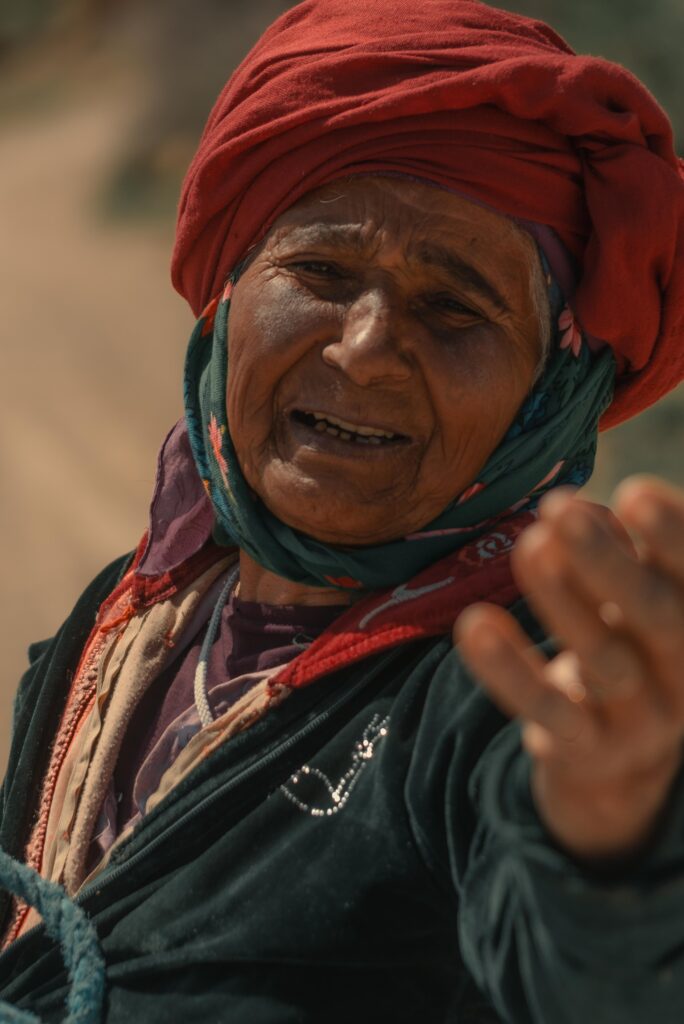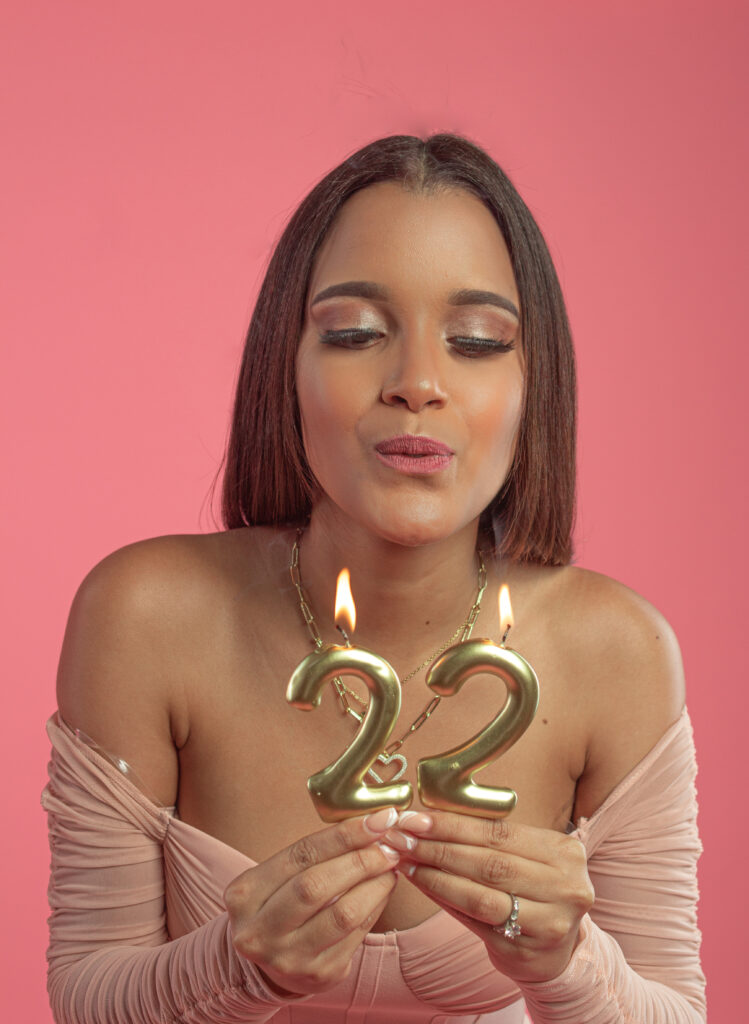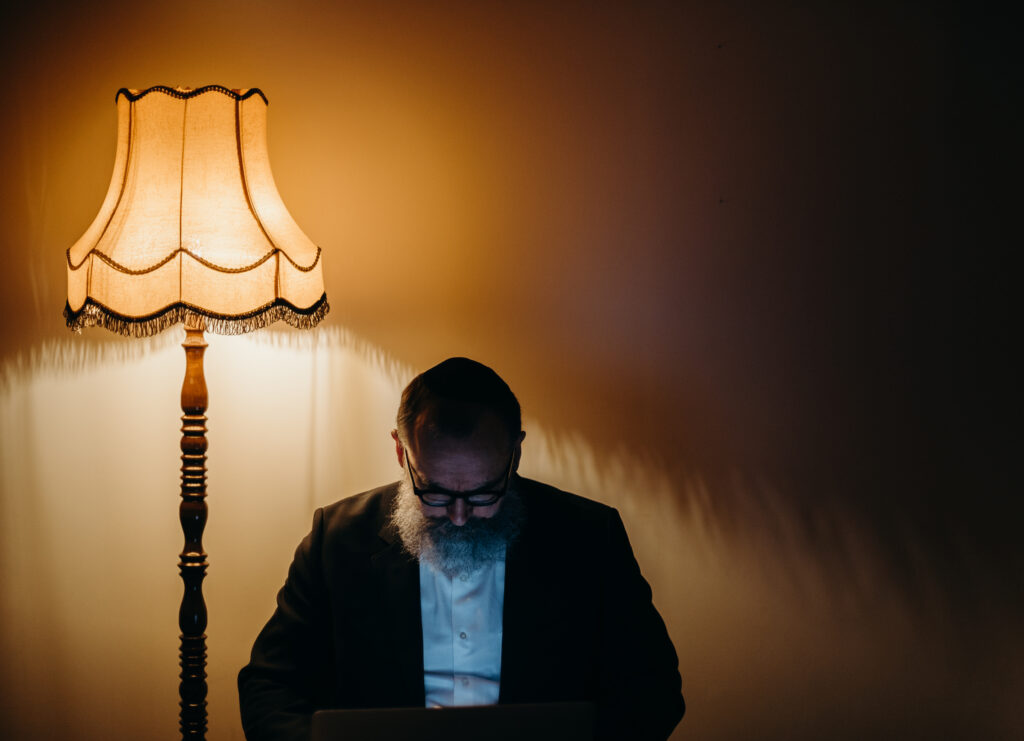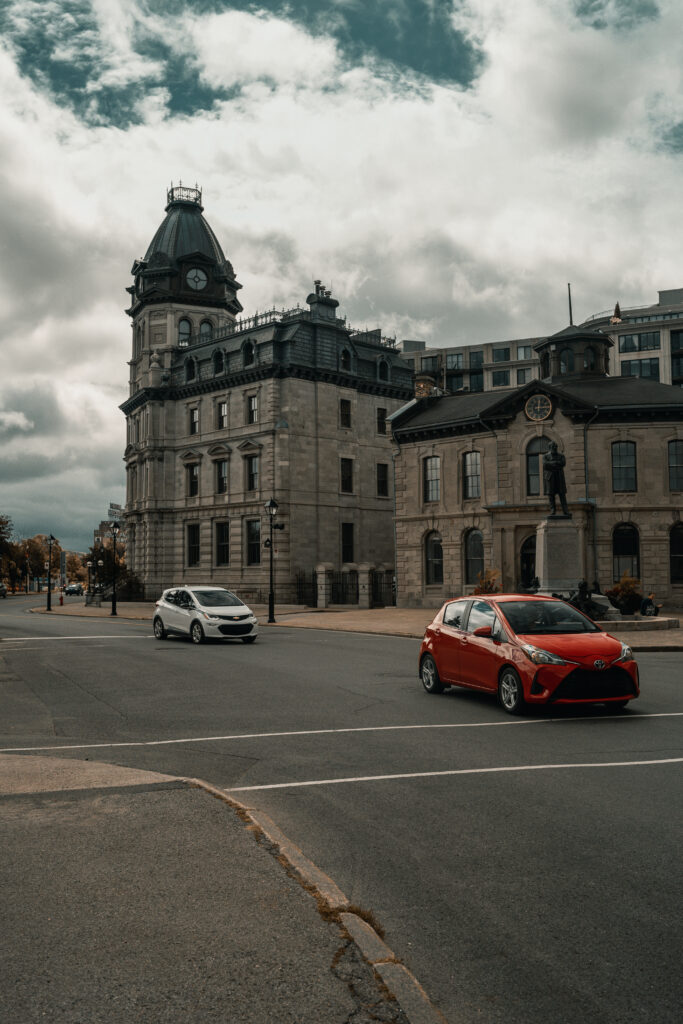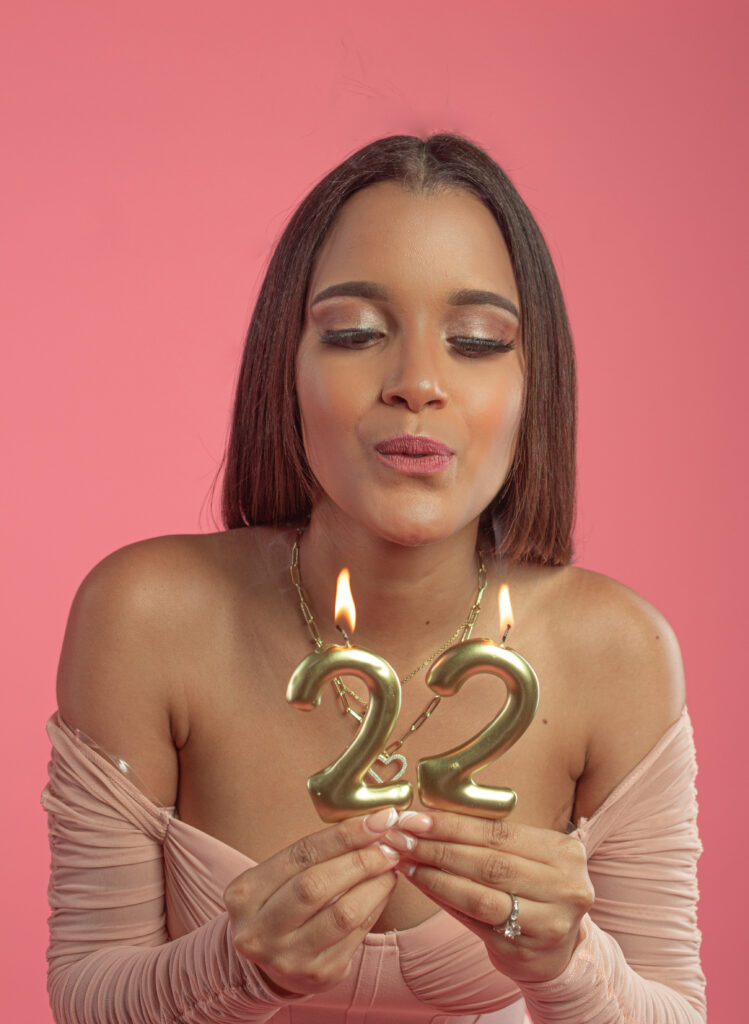Memento Mori: Unveiling the Macabre Charm of Halloween Traditions
Imagine a day when you get to put on a fun outfit, act silly and go around collecting candies from your neighbors while everyone is having a good time. That’s what Halloween is all about! In our exciting journey together, you will discover the spooky secrets and surprising stories behind your favorite Halloween traditions in our article, “Memento Mori: Unveiling the Macabre Charm of Halloween Traditions”. Get ready to become a Halloween expert, and remember, it’s all about having fun while learning new things!
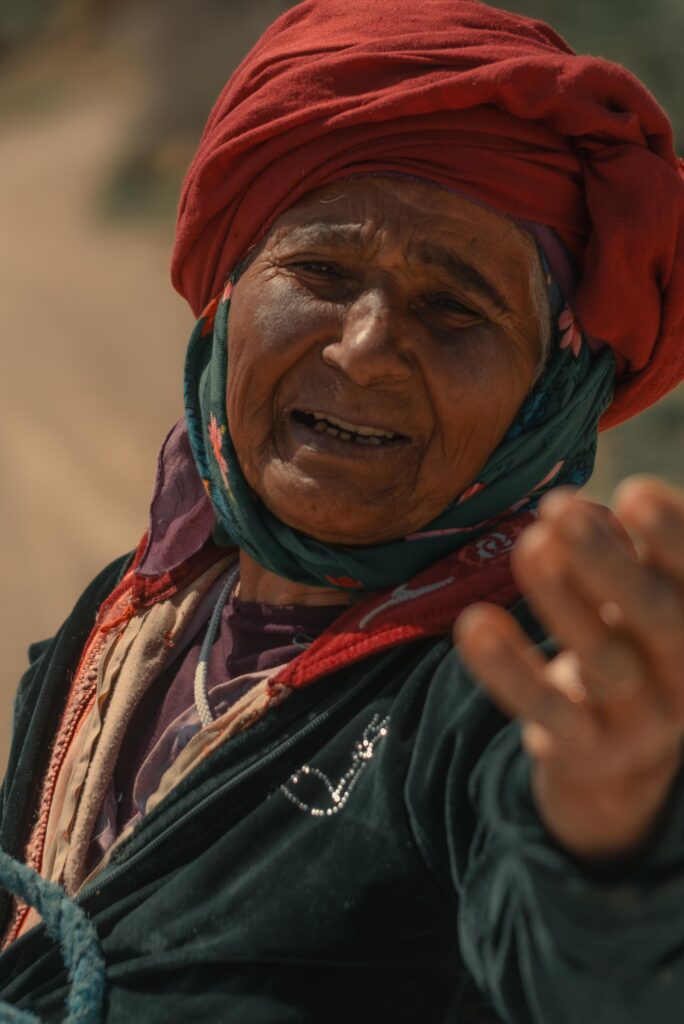
This image is property of images.pexels.com.
Origins and History of Halloween
Ancient Celtic roots
A long, long time ago, a group of people called the Celts celebrated a festival known as Samhain. You can think of it like a mix of New Year’s Eve and a giant costume party. They believed it was a time where the worlds of the living and the dead could really chat with each other. So, to protect themselves from any grouchy ghosts, they’d dress up in costumes and light big, fiery bonfires.
Transition to All Hallows’ Eve
As time went on and new religions and ideas came into the world, Samhain started changing. The Church decided there should be a day to remember all the saints who had passed away, which they called All Hallows’ Day. The night before, which was our old friend Samhain’s time slot, became known as All Hallows’ Eve, and eventually, the name was squished together to become Halloween!
Adoption into American culture
When people from the countries where Halloween was celebrated moved to America, they brought this spooky tradition with them. Over time, it became a day of fun, candies, and costumes that everyone – kids and grown-ups alike – looked forward to. Tracing its roots back to the Celts, Halloween evolved into an American tradition with its own unique twists like decorating homes, going trick-or-treating, and carving Jack-o’-lanterns.
Memento Mori: An Examination of Halloween’s Mortal Symbolism
Definition and history of Memento Mori
Memento Mori is a fancy Latin phrase that reminds us, “remember you must die”. It sounds scary, but it really means that life is precious and you should make the most of it. This idea’s been around for centuries and is often represented in art pieces featuring skulls, timepieces, and other symbols of mortality.
Halloween as a reminder of life’s impermanence
Halloween is kind of a big Memento Mori party. When you carve a scary face into a pumpkin or dress up as a ghost, you’re reminding yourself that life is short, and it’s important to have fun and enjoy it while you can!
Celebrating death to affirm life
The creepy costumes and graveyards might make Halloween seem like it’s all about being scared of death. But really, it’s about celebrating the cycle of life and death. It’s a time to remember our loved ones who’ve passed away and to enjoy the fun and games while we’re still here. In a way, Halloween celebrates life by acknowledging death.
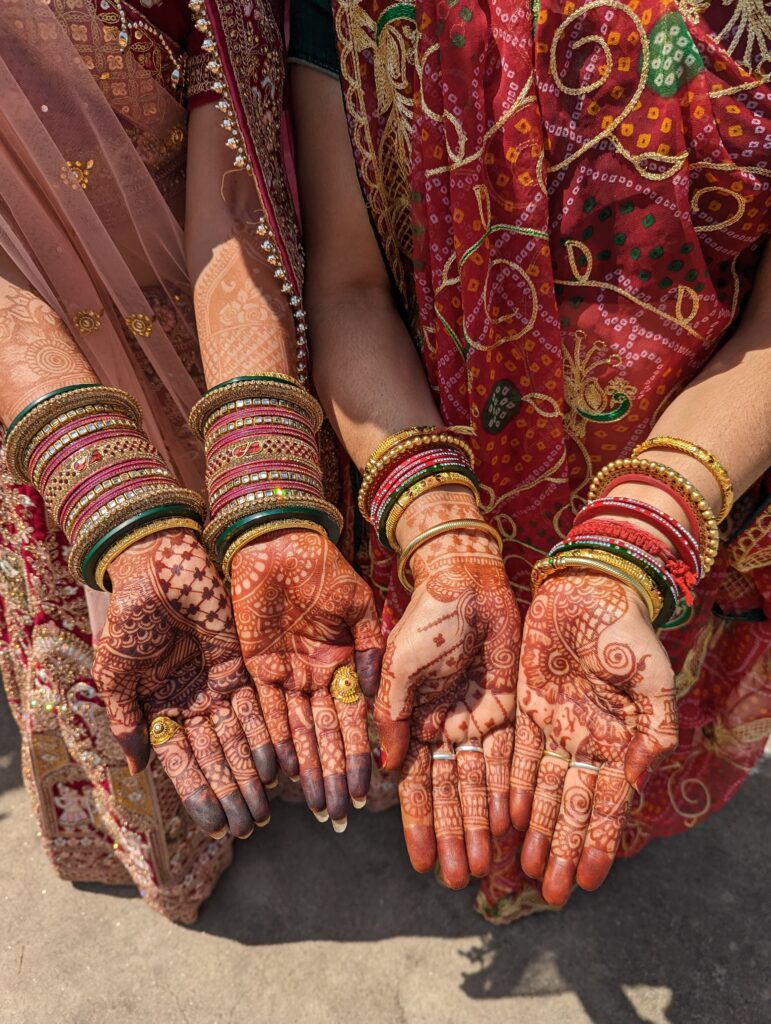
This image is property of images.pexels.com.
Halloween’s Spooky Imagery
Why skulls and bones?
Skulls and bones seem spooky because they remind us of death. But during Halloween, they are symbols that help us remember the truth of Memento Mori – that we’re all mortal. So, next time you see a skeleton decoration, remember it’s not just there to give you goosebumps, it holds a deeper meaning.
Ghosts and spirits: Celebrated symbols of death
Have you ever wondered why we dress up as ghosts for Halloween? It’s because of the ancient roots of Halloween when the Celts thought that the worlds of the living and the dead came together. Ghosts, who are soul-beings that have passed on, have become an important part of this spooktacular event.
The uncanny puppetry of Jack-o’-lanterns
You’ve probably carved out a pumpkin into a scary face and lit it up. It’s called a Jack-o’-lantern. Originally, they were made from turnips to scare off evil spirits. Today, we make them out of pumpkins to remember this tradition and to add a friendly scare to the Halloween festivities.
Macabre Anthems: Halloween Music
Traditional Halloween tunes and lore
Just like Christmas has jingles, Halloween too has its own eerie tunes. Traditional Halloween tunes like “Monster Mash” or “Ghostbusters” echo thoughts of Halloween’s ghostly ancestors and add to the festive mood.
Pop culture’s influence on Halloween music
Pop culture plays a big role in modern-day Halloween tunes. Think of Michael Jackson’s “Thriller”, which combines a catchy song with zombies and werewolves. Such songs go hand-in-hand with Halloween and remind us about the spookiness the tradition celebrates.
Celebrating mortality through song
Halloween songs often remind us of the spooky side of life and death, making us think about our life’s reality and the fact that we won’t be here forever. They show us that talking about death doesn’t always have to be scary or sad.
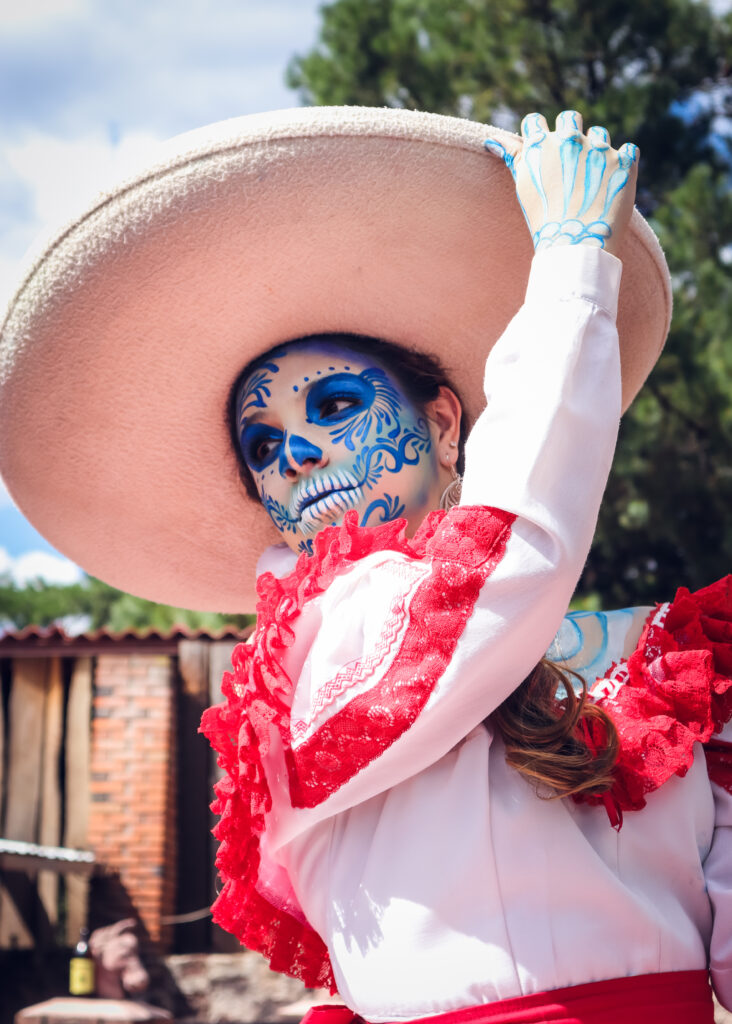
This image is property of images.pexels.com.
Candy and Costumes: Playful reminders of mortality
Symbolism of Halloween costumes
Halloween costumes are more than just get-ups for trick-or-treating. They originate from ancient times when people dressed up to protect themselves from evil spirits. Today, they continue the tradition and remind us in a playful way that life is impermanent.
Trick or treating: Evolution and significance
This delightful tradition evolved from an old belief that the spirits could bless or curse you. So people started dressing up as souls of the dead and went door-to-door to perform for treats or coins, which evolved into today’s “trick or treat” tradition where children in costumes get candy from neighbors.
Colours of Halloween: Black and Orange
Halloween decor is filled with black and orange. This is no accident – black signifies the idea of death, and orange represents life and the harvest. So, when you see these colours, remember they are a cheerful salute to the cycle of life and death.
Halloween Film and Theatre: Storytelling at its most eerie
Horror Films: Scaring the life out of us
Horror movies are a big part of Halloween fun. They give us a safe space to explore our fears and experience the thrill of getting scared, all while reminding us of our mortality.
Plays and dramas with a ghostly twist
Plays and dramas too embrace Halloween by adding a ghostly twist to their stories. They help fuel the spooky atmosphere of Halloween, playing with themes of the unknown, and reminding us in a theatrical way about life’s brevity.
Television’s commitment to Halloween specials
TV shows often have special Halloween episodes, where characters put on costumes, go trick-or-treating, or face some supernatural events. These specials echo the Halloween spirit and keep the tradition alive.
Ghoulish Gastronomy: Halloween’s Macabre Menus
Mortal celebration through food
Yummy food is an integral part of every celebration, even Halloween. Whether it’s a spooky-shaped cookie or a cupcake with a cute little ghost icing, Halloween dishes ensure you get a tasty dose of Memento Mori.
Sharing treats, sharing mortality: A cultural insight
Sharing Halloween treats is a way of embracing our shared mortality. It acknowledges the fact that, even though life is fragile and fleeting, there’s always sweetness to savor and share.
Popular Halloween food and their stories
Every dish has a story. Candy corn, for example, was designed to look like corn kernels but soon became a staple Halloween treat. These stories add more meaning to our Halloween feasts.
Haunted Houses and Scary Mazes: Experience your fears
Origins of haunted house traditions
Did you know that the haunted house tradition goes back to those ancient Celts again? They believed that fairy spirits lived in mounds called ‘sidhs’. Today, haunted houses give us a fun, safe place to face our fears, reaffirming our shared sense of mortality.
Navigating scary mazes: Fear as recreation
Walking through a scary maze with creepy turns and scary surprises is a Halloween tradition. It gives us a thrill and reminds us all what it feels like to be alive – and a little bit scared!
Modern-day horror experiences
Today, advanced technology has evolved haunted experiences. Virtual reality now can serve you the scare of your life, right in your living room! Despite the modern twists, they still carry the age-old message of Memento Mori.
The Thrill of the Scare: Psychology behind the Halloween Attraction
Why we love being scared
There’s a secret reason why we love Halloween scares – the thrill! When we get scared, our bodies release a chemical that makes us feel excited and alive. It’s our body’s way of saying, “You survived that scare! Way to go!”
The role of adrenaline and endorphins
Those exciting chemicals our bodies release are called adrenaline and endorphins. Adrenaline prepares us for danger, while endorphins reward us with happy feelings. Halloween lets these natural substances work together to create fun and thrilling experiences for us all.
Fear as bonding: Social aspect of Halloween scares
Halloween serves as a social bonding time. When we’re scared, we tend to come together for comfort. So, in a way, Halloween helps us all feel a sense of belonging and togetherness.
The Halloween Junkie Take
Why Halloween remains popular
Halloween is popular because it’s packed with fun, fear, and plenty of candy. Despite being a celebration that reminds us of our mortality, it remains a hit because it allows us to embrace these truths in a unique and delightful way.
The continued fascination with morbidity and mortality
The seemingly morbid fascination is actually a sweet reminder to enjoy our lives while we have them. Halloween lets us joke about death, reminding us in a playful, candy-coated manner of life’s fleeting moments.
The macabre charm of Halloween: A final treat
In the end, Halloween enchants us with its blend of lore, fun, fear, and symbolism. It serves as a yearly memento mori, wrapped in a candy wrapper, reminding us all to enjoy life’s spooktacular moments while we can. So, take a treat and make a toast to life and death with a jack-o’-lantern’s grin lighting up the night.
Memento Mori: Unveiling the Macabre Charm of Halloween Traditions Read More »

